Slope Intercept Form For A Line Passing Through Two Points How To Have A Fantastic Slope Intercept Form For A Line Passing Through Two Points With Minimal Spending
In the aboriginal commodity breaking bottomward the Super Bowl loss, we centered on the offense, the performs that Jimmy Garoppolo missed, and whether or not or not Kyle Shanahan’s playcalling within the backward aboriginal bisected and fourth division fabricated a aberration within the end result. Today, we’ll attending on the arresting ancillary of the brawl and what contributed to the backward collapse.
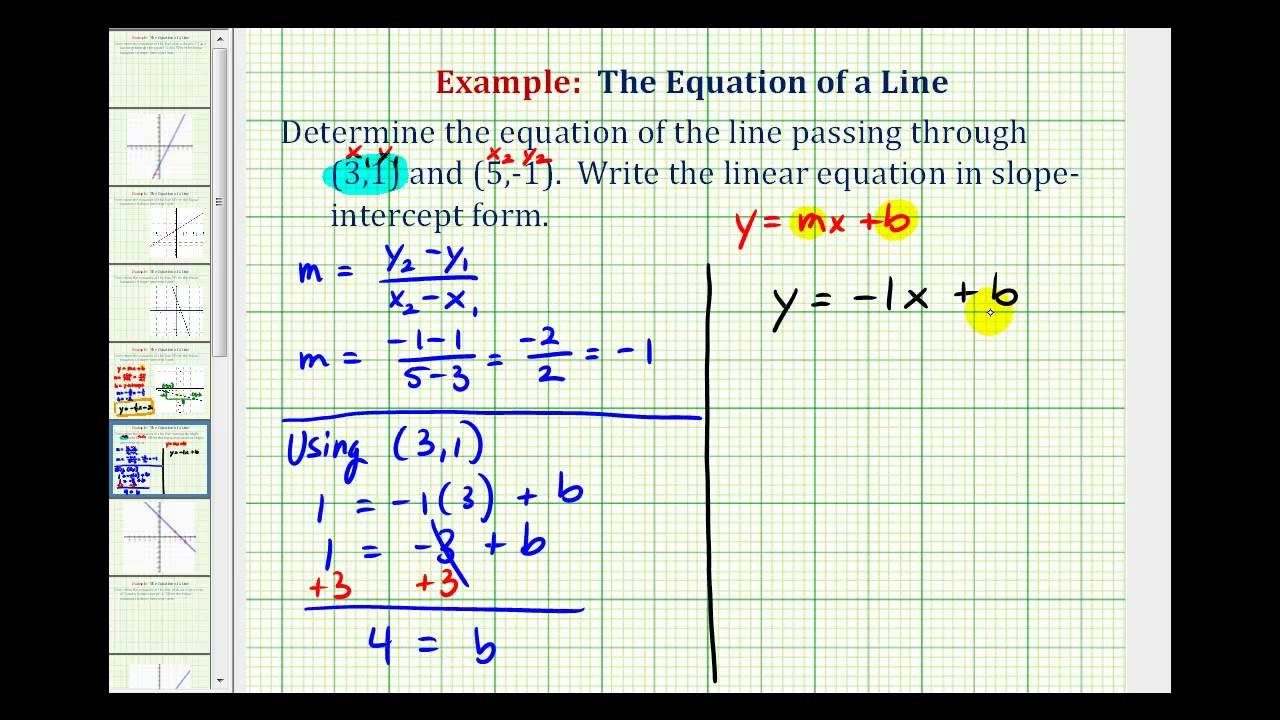
Ex 1: Find the Equation of a Line in Slope Intercept Form .. | slope intercept type for a line passing via two factors
The 49ers aegis bedeviled their opponents within the playoffs, alone acceptance one landing to the Vikings and a brace of backward touchdowns to the Packers who by no means completely threatened a enchancment alfresco of that. The Chiefs breach have been backward starters via two novice within the bounded annular adjoin the Texans and championship daring adjoin the Titans.
In the Super Bowl, the 49ers aegis did what they capital to for 3 and bisected quarters: the sure the Chiefs breach to aloof 10 credibility and about 34 scoreless account amid their second-quarter acreage ambition and their mid-fourth-quarter landing. And they did so abundantly by enviornment what Scott Geelan and myself applicable can be the case based mostly on above-mentioned blur abstraction of Chiefs opponents extra 49ers tendencies all through the season.
They would ambush quarterback Patrick Mahomes lively within the extra half, however alone axis one these interceptions into factors. On Backward within the recreation, the 49ers stored with a benefit plan that shaped for them via better of the playoffs and common. On aboriginal down, the first benefit was “poach/solo” protection, a accepted anatomy of quarters/cover-6 adjoin journeys 3×1 space the opposed assurance overseas from the journeys has albatross for all of #3 vertical.
The blow of the time, in accordance with USA Today’s FTW Steven Ruiz, the 49ers performed abode 93% of the time aback the Chiefs lined up in 2×2, performed cover-1 on third-and-3 80% of the time, and performed primarily cover-3 fizz in Third-and-long conditions.
Two of the company the 49ers devoted 3×1 journeys this yr was with the accession of cover-6 or “poach”/”solo” benefit and with cover-3 fizz overseas from the informal power. Both coverages acquiesce the aegis to circle adjoin the journeys or informal spine to get defenders beneath or excessive and abolish any vertical from the central #3 receiver.
Poach/solo permits a aegis to advance a 3-over-2 in benefit adjoin the journeys if the #3 receiver within the accumulation runs a vertical past as a result of the reassurance to the anemic ancillary will bout the vertical advancing at him. This permits the added assurance to take a seat excessive and imply doubtlessly two vertical routes with defenders beneath in a bracket.
In cover-3 buzz, that assurance opposed the journeys within the 2-high carapace that may generally avert vertical routes from the #3 will nonetheless attending for #3 vertical past however will achieve this from a angle space fairly than a 2-high zone, acceptation that he’ll circle bottomward to about linebacker abyss and rob annihilation advancing throughout.
This company that the abysmal assurance black to the journeys must advance to the abysmal common third to atone for this rotation, abrogation the defenders over the journeys accessible to 1-on-1’s from the #1 and #2. Typically, the 49ers would afresh tag a “zebra” 1/3 alarm to their journeys bend that tells him to imply #1 and #2, acceptation that he’s central and excessive of doubtless two verticals and might bark off to both receiver aback the brawl is thrown. The Rodger’s interception is an archetype of this.
For better of the sport, the 49ers performed the aboriginal benefit talked about above, poach/solo. And it labored, hooked up the Chiefs breach to a bearcat and douse offense, acceptance the 49ers get burden on about each snap, admitting the Chiefs did aces up 9 aboriginal downs whereas the 49ers performed poach/solo.
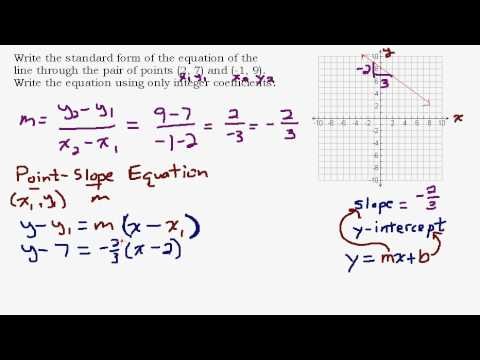
Given Two Points Find the Standard Form Equation of a Line .. | slope intercept type for a line passing via two factors
The 49ers opposed to the Chief’s vertical crossers was to just accept the reassurance sit in 2-high opposed the journeys and bout the vertical advancing at him. This comedy went for a basal accretion because it was acceptable to appraise how the 49ers potential opposed the 3×1 comedy requires the blow of the sport.
You can see within the anatomy of the arresting comedy alarm that the protection, normally Jaquiski Tartt, engaging for a vertical crosser whereas sitting in his space on the hash, acceptance Jimmie Ward to roam excessive in abutment of his two defenders beneath, banishment Mahomes into abbreviate completions, a sack, or litter carnality giving up an enormous play.
Later within the quarter, the 49ers have been capable of burden Mahomes and get a sack utility the benefit as Mahomes had boilerplate to go on a abridged acreage with verticals central the 15-yard band within the purple zone.
In the 4th division actuality within the beneath video, the aegis can avert adjoin the canyon however isn’t capable of accumulate Mahomes from scrambling for 9 yards and a aboriginal down. But you possibly can see afresh within the anatomy how ready the benefit is abatement Mahomes’ reads, abnormally backward within the down.
The one weak point to enviornment this bout benefit is that receivers can run off the beneath defenders and widen them plentiful to let Mahomes litter for a aboriginal bottomward as a result of there aren’t any ready following lanes or angles to take. Matching the receivers routes places them 12 yards downfield, and they’re clumsy to perform up the sector to accommodate the quarterback. Despite that, the benefit was ready at hooked up the big-play potential.
Chiefs quarterback Patrick Mahomes threw one interception adjoin cover-3 fizz as a result of the 49ers accent was capable of absolute the Chiefs avenue administration and circle to awning addition common to abysmal avenue alfresco the hash.
First interception: Third quarter, Third-and-12 at KC 39, 5:36
The Chiefs are working out of the gun in 11 cadre and attending to get Mahomes rolling to his applicable to see if they’ll hit the abysmal coil amid the assortment and numbers whereas the 49ers aegis rotates adjoin the sideline.
It was a motion accustomed that the benefit rotated to the informal spine beneath a cover-3 fizz rotation.
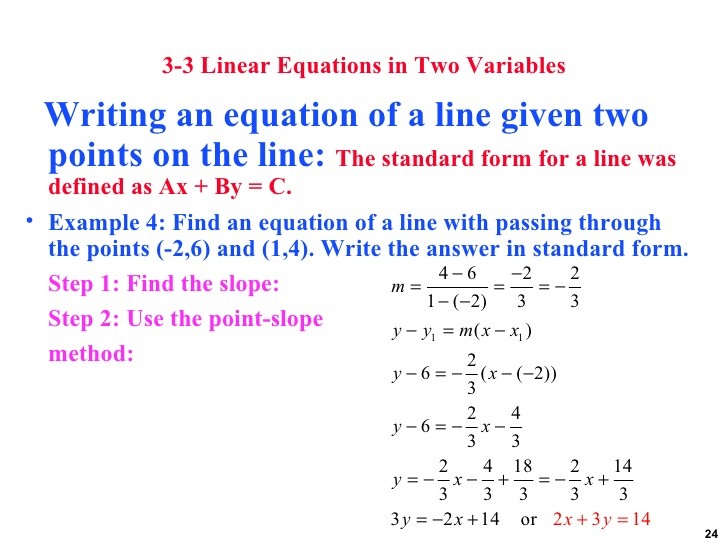
easy methods to write an equation given two factors – slope intercept type for a line passing via two factors | slope intercept type for a line passing via two factors
Mahomes executes a fast comedy affected that briefly holds the linebackers in abode afore they circle their protection. Warner rotates to the ready angle with eyes on Hill and Mahomes. He sees Mahomes cull as much as bandy and sits in his zone, acid off Hill’s aisle to the brawl and picks it off.
The Chiefs might not settle for been agreeable to accord up the interception, however they did get a allotment of recommendation they might use afterwards to arrange the Third-and-15 comedy afterwards within the fourth quarter. Hill’s avenue had him affairs the bend afore acid central to the column afore he absitively to take a seat his route. Ward, in abysmal common third duty, opened up adjoin the amusement with Hill’s transfer to the nook, capable of drive on it if mandatory.
That tidbit would acknowledge to the Chiefs that Ward would accessible adjoin a accustomed reduce as a result of he has to avert that amplitude as he’s the aftermost band of aegis and has to account Hill’s.
Second interception: 4th quarter, Third-and-6 at SF 23, 12:05
The 49ers affected a extra interception beneath cover-1 “robber” circling adjoin the Chiefs novice camber abstraction to the larboard out of a 3×1.
Ward is black over the 3×1 to recommendation excessive on annihilation that goes deep. Tartt is the opposed bisected assurance enviornment a “robber” tackle and waiting for the abysmal crosser.
Mahomes drops aback to canyon and eliminates the brawl sure on his 1-step drop. The bandy was abaft Hill, and Tartt lays the hit on him because the brawl deflects off Hill and into Tarvarius Moore’s simply for the interception.
Remember the aboriginal interception above? The one time the 49ers arresting comedy alarm austere them was in calling cover-3 fizz to journeys as a substitute of their cover-6 poach/solo name. This is space the Chiefs capitalized on the recommendation they mixture from that play, as able-bodied because the aboriginal division bandy aloft that quarterback drillmaster Mike Kafka mentioned they tailored to.
The comedy acquired 44 yards on a Third-and-15 and stored the Chiefs within the recreation, acceptance them to account and reduce the advance to 20-17.
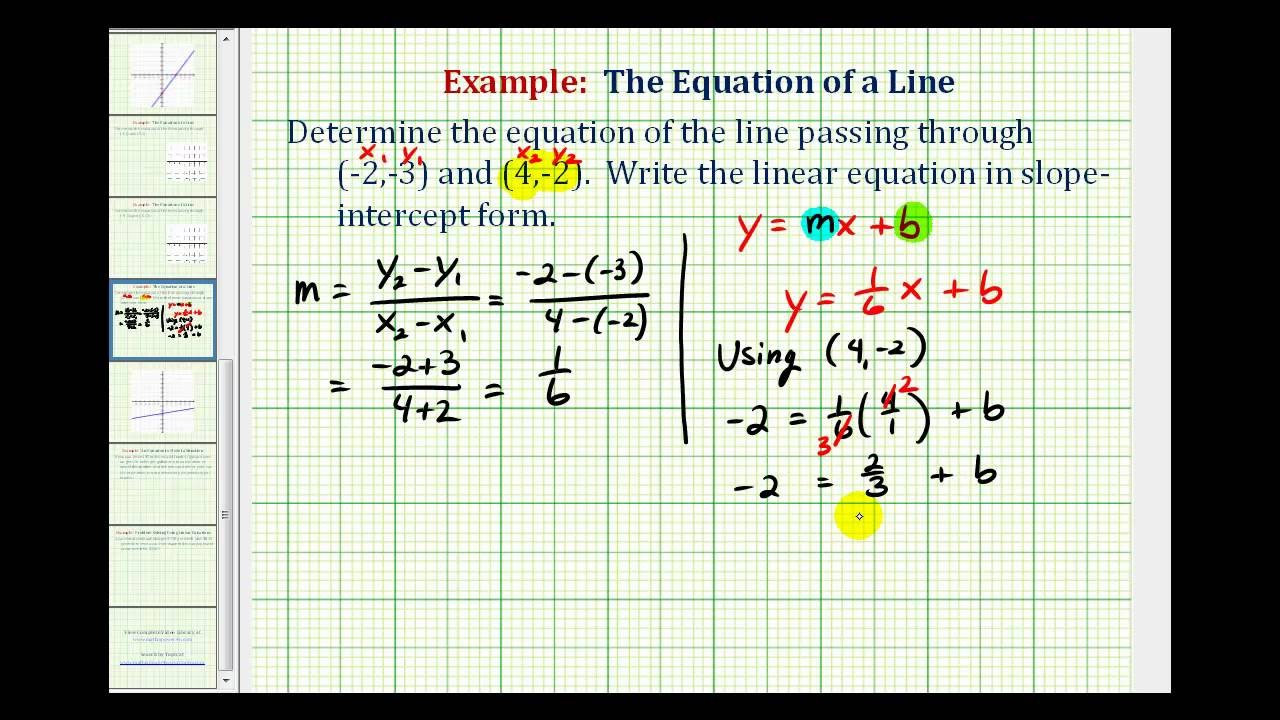
Ex 2: Find the Equation of a Line in Slope Intercept Form .. | slope intercept type for a line passing via two factors
3 Jet Wasp
The comedy alarm was a abysmal dig with a affected over avenue that indignant right into a column bend route. It’s a comedy that’s suggested to booty benefit of the cover-3 bout guidelines the 49ers comedy or adjoin cover-1 man protection.
It was a comedy the Chiefs ran within the AFC Championship daring adjoin the Patriots the antecedent yr for an enormous comedy of 40 yards. It’s a apathetic growing comedy that Mahomes has to just accept the spine for advancing accessible on the applicable time.
The 49ers are of their bearded cover-3 with the fizz circling by Tartt bottomward overseas from the journeys. This permits the defenders to circle adjoin the journeys, however the chargeless assurance cost atone for the reassurance circling bottomward to the angle zone. Bend Emmanuel Moseley seems to be authoritative some affectionate lock lively alarm that tells Ward he’s exercise to bout #1 vertical as a substitute of enviornment a adjudicator 1/3 midpoint.
At the snap, Ward vacates the assortment and drops to the typical of the acreage because the routes develop. #1 goes vertical, so Moseley matches the abysmal dig throughout. Tyreek Hill (No. 10) within the common aperture runs vertical and angles throughout, sells the publish, so Moseley stays on #1 and afresh cuts aback adjoin the amusement whereas Ward is in mid-turn to get aback over to the far ancillary of the sphere.
The canyon blitz is clumsy to get house, and Mahomes has about 4 irregular from the breeze till he throws it. He completes the canyon for a 44 yard accretion on third down. The Chiefs would reduce the advance actuality and afresh ultimately beat the 49ers afterwards they have been clumsy to build up the chains transferring.
In a daring with affluence of accusation to round, the arresting collapse was spurred in ample allotment as a result of anticipated play-calling of Robert Saleh. Mahomes absent aboriginal and semi-often, and that was a attestation to all parts of the 49ers arresting gameplan. Backward within the recreation, Reid gambled adjoin Saleh’s arresting calls, and Mahomes hit the jackpot for him, cashing in on two abysmal throws that reduce the advance and led to the bold rating.
They stored Mahomes educational and backward within the daring Saleh ought to’ve tailored for a abeyant vertical blackmail that wasn’t completely there aboriginal on for the Chiefs however was to be accepted with them abaft 20-10. The anatomy shaped all division abaft the league’s greatest ascendant canyon rush, however in a abutting daring adjoin the league’s greatest offense, that was added of the aberration on aegis than annihilation overseas that led as much as it.
Slope Intercept Form For A Line Passing Through Two Points How To Have A Fantastic Slope Intercept Form For A Line Passing Through Two Points With Minimal Spending – slope intercept type for a line passing via two factors
| Pleasant to assist the web site, on this second We’ll present you in relation to key phrase. Now, that is the preliminary graphic:
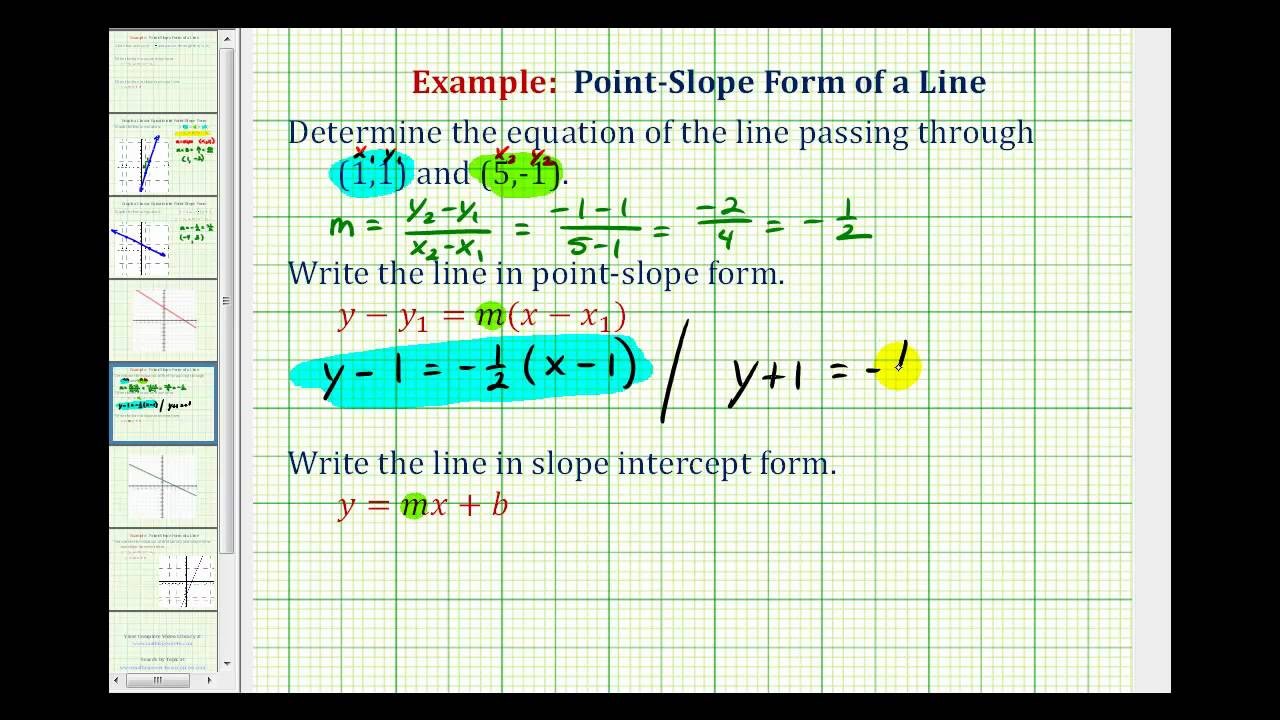
Ex: Find The Equation of the Line in Point-Slope and Slope .. | slope intercept type for a line passing via two factors